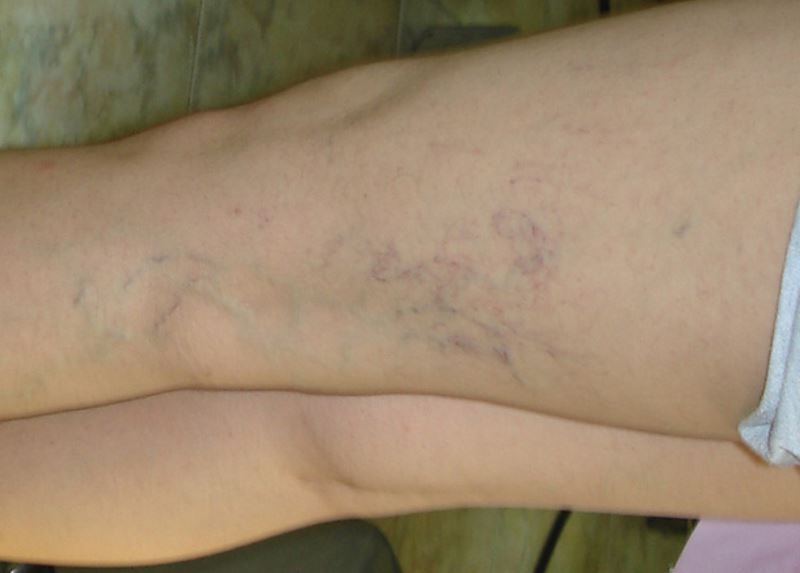

Our health care providers use several diagnostic tests to help determine what vascular diseases may be causing your symptoms. After reviewing the results of your scan and obtaining a thorough medical history, our providers will discuss the results with you and help you decide on the next steps. Typically, this process involves an initial consultation and ultrasound scan at one of our accredited facilities. Our world-class providers are the most experienced in the specialty and work with patients to develop a treatment plan that is custom-tailored to their unique situation. We specialize in the diagnosis and treatment of venous and arterial diseases in the legs, feet, and pelvis. What to Expect with CVM When Treating a Blood Clot?Īt the Center for Vascular Medicine, our mission is to help patients with their vascular diseases in a cost-effective and compassionate manner. You and your doctor will make the best choice while considering factors such as your age, overall health, and clot location. As long as you seek early treatment for a suspected blood clot, this treatment is easily avoided. A surgical thrombectomy may be necessary for massive clots or clots that are damaging the surrounding tissues. Surgery: Very rarely, an individual may have to undergo surgery.Thrombolytics are only administered by a catheter or intravenous injections. They work by dissolving blood clots but can increase the risk of bleeding. Thrombolytics: Thrombolytics are only recommended for individuals whose blood clots did not respond to basic anticoagulants or have extensive clots.Some individuals may take them only for the clot's duration, or longer to prevent new clots from forming. Anticoagulants can be given in the form of pills or intravenous injections.

They work by reducing the body's ability to form new clots and preventing existing clots from growing larger. Anticoagulants: The most common treatment for a blood clot is anticoagulants or blood thinners.Not everyone goes through the same treatment for a deep-vein blood clot. It uses sound waves to look at blood flow and detect blockages or blood clots in deep veins and arteries. If they suspect you have a blood clot, it will be confirmed using an imaging test called duplex ultrasonography.


Upon visiting your doctor, they will go over your medical history and perform a physical evaluation. Life-threatening complications can arise from an untreated blood clot, and you should seek treatment as soon as possible if you suspect you have one.
Blot clot in leg skin#
You may have a blood clot in your leg if you see or feel swelling, skin redness, soreness, pain, or an area warm to the touch.
Blot clot in leg professional#
If you suspect or discover there is a blood clot in your leg, you will need to get a professional diagnosis and decide on a treatment plan. The CDC said anyone who is on a flight for 4 hours or more is susceptible to being diagnosed with DVT. Have had a blood clot before, or have an inherited blood-clot disorderĪs you can see, blood clots can affect nearly anyone.Are taking hormone medications such as birth control.Are currently undergoing cancer treatment, or are a survivor.If a blood clot forms incorrectly inside a deep artery or vein, especially in your leg, it can hinder blood flow and create further problems.Ī blood clot may form in your veins if you: The discovery of a blood clot in your leg can lead to severe health problems if left untreated.ĭeep-vein thrombosis (DVT), commonly known as a blood clot, occurs when a gel-like mass consisting of platelets and fibrin forms in the blood to stop bleeding. Careers Pay Now Referring Providers (301) 486-4690 Main navigationĪ blood clot can be much more than something that forms when you get a cut or scrape, and can actually become a serious medical problem.


 0 kommentar(er)
0 kommentar(er)
